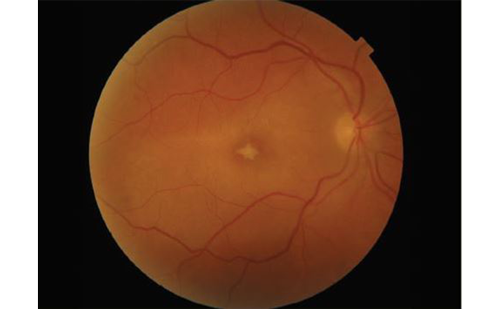Abstract
Cystoid macular oedema (CMO) is a primary cause of reduced vision after cataract surgery even after uneventful surgery. The incidence of clinical CMO following modern cataract surgery is 1.0–2.0 % but the high number of surgeries performed worldwide makes this entity an important problem. Pre-existing conditions such as diabetes and intra-operative complications increase the risk of developing CMO post-operatively. CMO is caused by an accumulation of intra-retinal fluid in the outer plexiform and inner nuclear layers of the retina, as a result of the breakdown of the blood–retinal barrier. The mechanisms that lead to this condition are not completely understood. However, the principal hypothesis is that the surgical procedure is responsible for the release of inflammatory mediators, suchas prostaglandins. Optical coherence tomography is at present an extremely useful non-invasive diagnostic tool. Guidelines for the management CMO should be focused essentially on prevention and are based on the principal pathogenetic mechanisms, including the use of anti-inflammatory drugs.
To view the full article in PDF or eBook formats, please click on the icons above.















